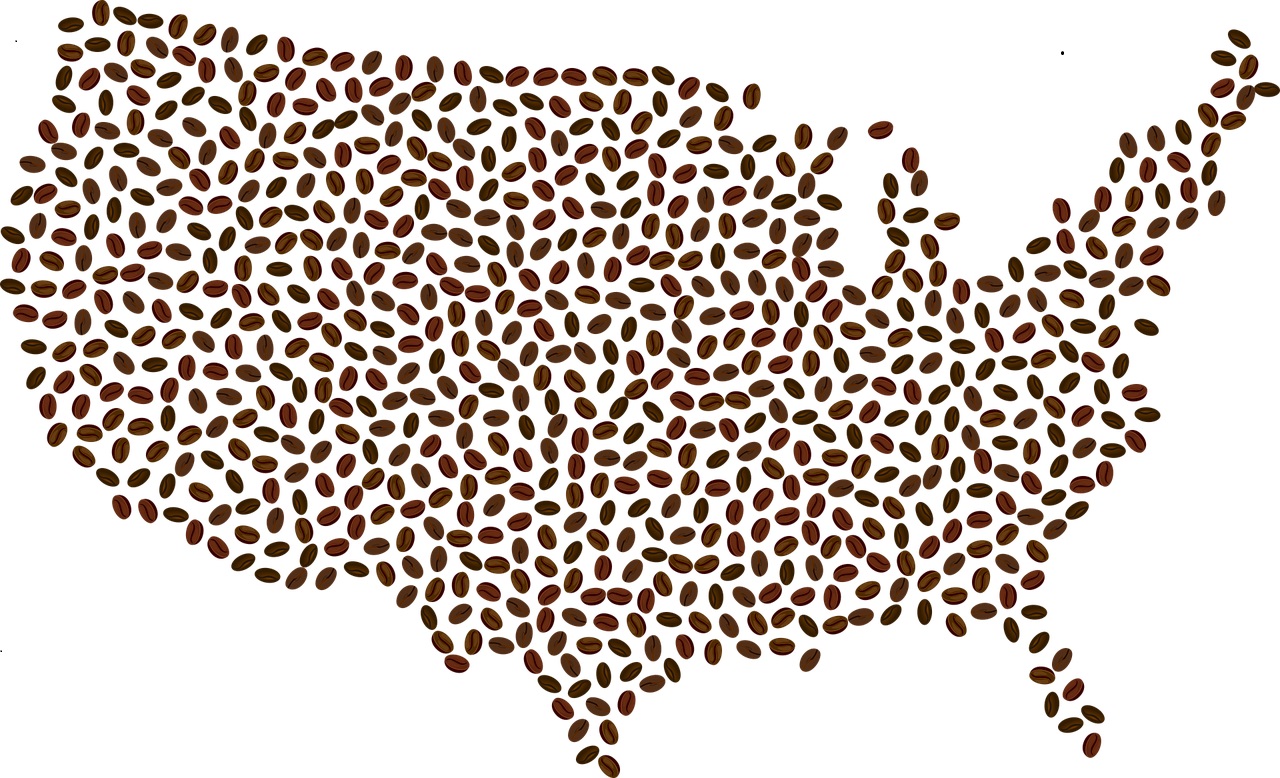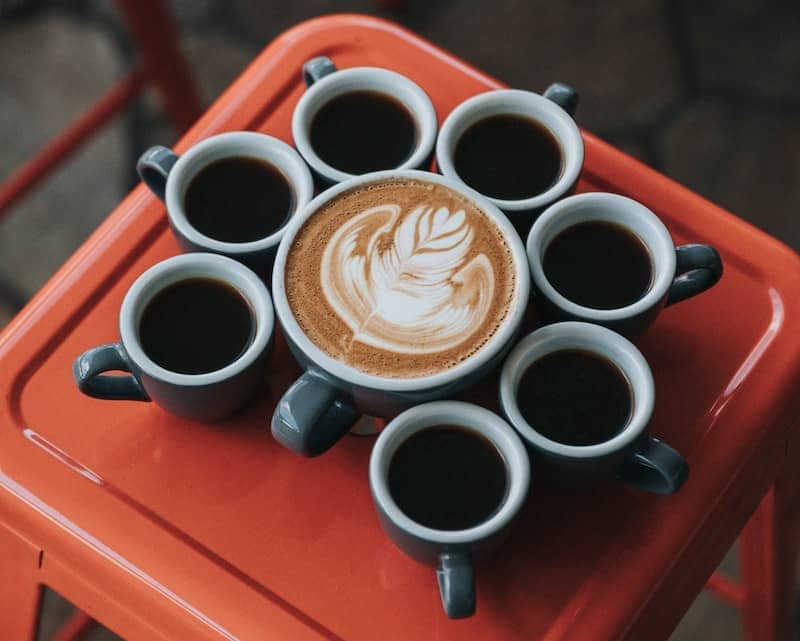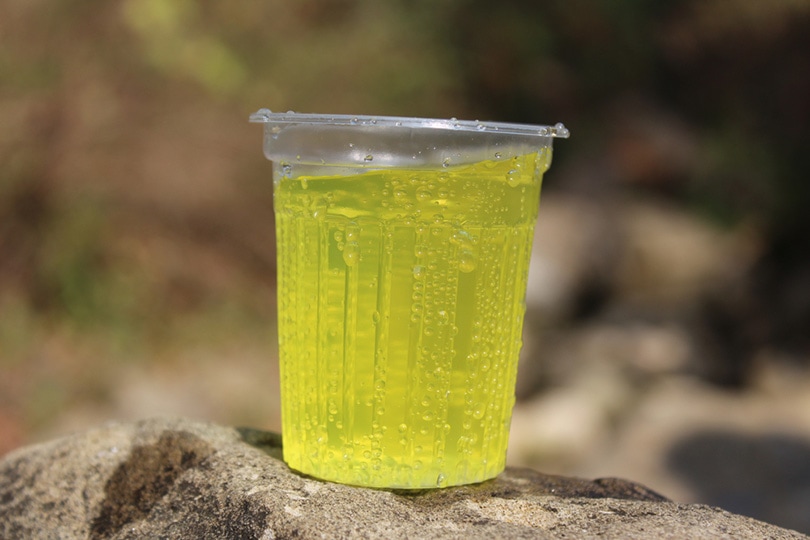
Coffee is one of the few universal aspects of the human experience. A rough estimate claims that over two billion cups of coffee are consumed worldwide every day! That is a lot of coffee. Every culture in every corner of the globe has coffee ingrained in its traditions, society, and daily routines, and America is no exception. Some of the most fervent coffee-drinking cities are located in the United States, with some estimating that New Yorkers drink as much as seven times more coffee than the next highest city.
How did coffee become so popular in America? After all, America is a relatively young country compared to the rest of the world, so how did it rise through the ranks to become one of the world’s biggest coffee consumers? In this article, we trace the history of coffee in America back to the very beginning. If you’ve always wondered how coffee came to America, this article is for you. The short answer is that coffee was first brought to America by the British in the 17th Century.

When Did Coffee Come to America? A Quick History
Coffee was first brought to America by the British during their colonization of the new world in the middle of the 17th century. You probably won’t be surprised to hear that tea was far more popular than coffee in the American colonies’ early days. The well-known love of tea British people have is not a caricature, and up until the American revolution, tea was the caffeinated drink of choice.
The American Revolution marked a change in culture in the soon-to-be United States, and anything associated with the British culture was shunned and replaced. After tea became a symbol of oppression in the colonies, thanks to the Boston Tea Party in 1773, coffee drinking became more popular. It was considered un-American to drink tea; coffee was the drink of true patriots.
Once coffee gained a foothold, it never looked back, and the onset of the Civil War in April 1861 sparked a further increase in coffee consumption in America. Coffee was relatively cheap to obtain, didn’t spoil easily, and was universally liked by soldiers.

These factors combined to make coffee one of the most popular and widely-consumed beverages by soldiers during the Civil War and gave coffee considerable momentum after the war. When the war ended, life slowly returned to normal, but coffee’s popularity remained sky-high on the backs of soldiers coming home.
The Coffee Business is Booming
After the Civil War, the American West was a hotbed of adventurous and hopeful people looking to make a new life for themselves on the frontier. Two business-savvy brothers from Pittsburgh, John and Charles Arbuckle, started a business selling bags of roasted coffee to settlers and ranchers. Roasted and individually bagged coffee seems normal and commonplace to us now, but at the time, this was a revolutionary idea. Without the Arbuckle brothers’ keen business sense and inventive forward-thinking, the modern coffee industry might have taken years longer to form.
Coffee’s American Legacy
As we get further from the beginning of coffee in America, it gets harder to separate fact from fiction. Some tall tales and apocryphal stories are part of any culture, and the history of American coffee has a few amusing stories.

Our favorite figure from American coffee history has to be Theodore Roosevelt. Teddy was a famous coffee-lover, and some people claim that he drank upwards of a gallon of coffee per day! We’re no doctors, but we’re pretty sure this is an exaggeration. Less outrageous – but equally difficult to verify – is the claim that Teddy Roosevelt was also responsible for coining Maxwell House’s famous slogan “good to the last drop” after he tried the coffee on a visit to the Hermitage, a Nashville plantation that once belonged to Andrew Jackson.
As amusing as these stories are, the true legacy of American coffee can be seen in any major city where it is nearly impossible to walk a block without bumping into a small boutique coffee shop, a large coffee chain, or – most likely – both. Coffee is woven into the very fabric of American society, and despite being the relatively new kids on the block, America is one of the world’s foremost coffee-drinking countries.

Conclusion
We’re not sure what the future will hold for coffee. With sustainability posing a real concern and a difficult fight for fair compensation for farmers ahead, the future of coffee is as uncertain as ever. One thing we’re sure of is that as long as coffee is around and kicking, Americans will be lining up to fill their mugs.
RELATED READS:
















